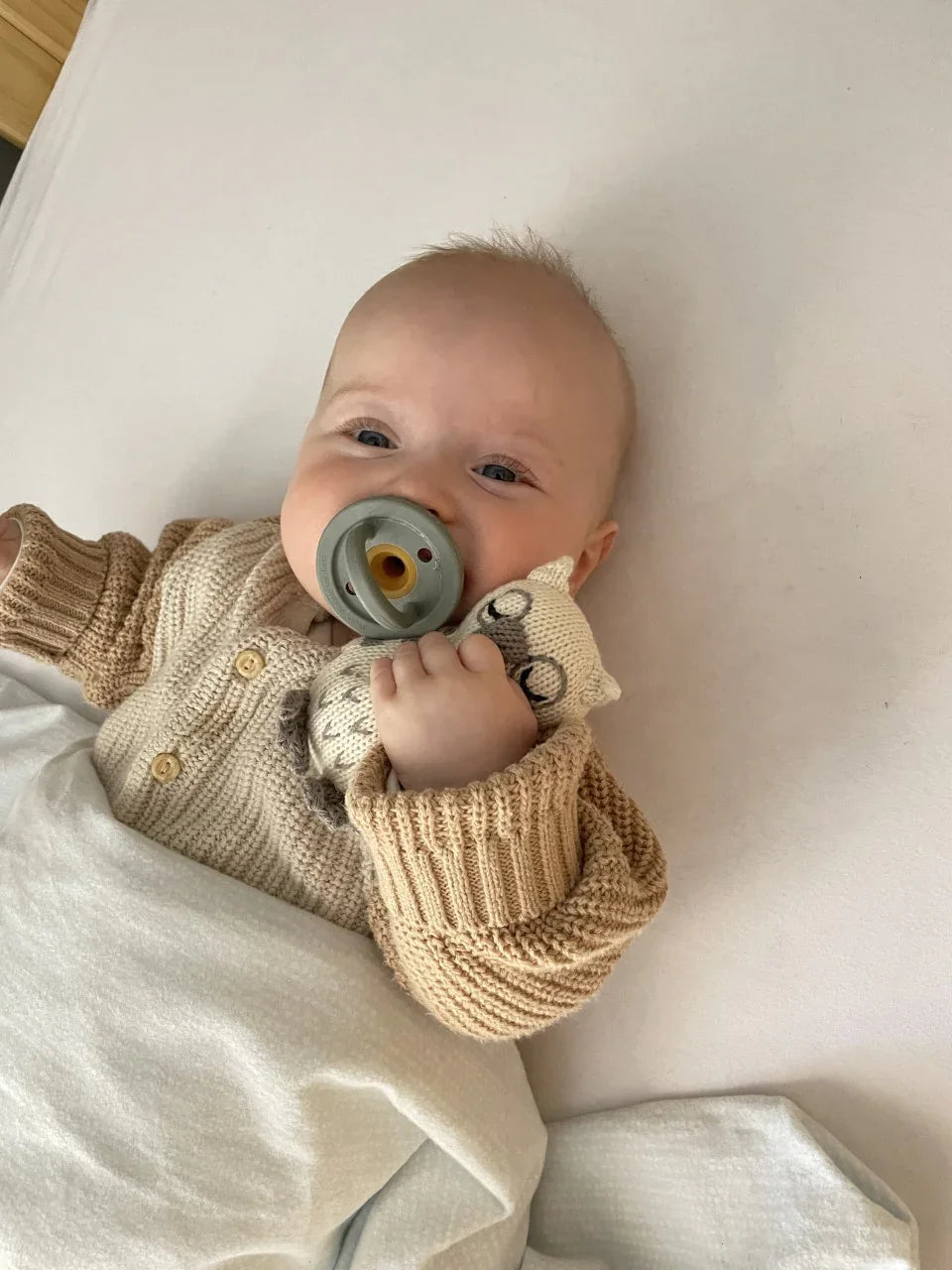
How to Choose the Perfect Blanket Size for Your Baby
Choosing the right blanket size for your baby can feel overwhelming with so many options available, but understanding the ideal dimensions for different ages and purposes can simplify the process.

Top 5 Must-Have Holiday Gifts for Young Children
Explore Estella’s Holiday Gift Guide for babies, toddlers, and siblings! From cozy gift sets to stuffed toys and board books, find the perfect sustainable gifts this season.

This holiday season, Estella is partnering with Room to Grow for a special 'Buy 1, Gift 1' campaign. For every baby item purchased, Estella will donate one to an NYC family in need. Wholesale part...

The 15 Best Gifts for 1-Year-Olds: First Birthday Gift Ideas
Finding the perfect gift for a 1-year-old can be a delightful yet daunting task, especially as you celebrate their first birthday. In this article, you'll discover 15 of the best gift ideas that ca...

The 28 Best Baby Shower Gifts According to New Parents
Going to a baby shower? Don’t worry, we’ve got you covered.

Timeless Baby Gifts: 5 Fall Gift Sets New Parents Love and Why
Looking for the perfect baby gift? Explore our top 5 baby gift sets that new parents adore. Each set is designed to be a timeless keepsake, crafted with love and high-quality materials. Whethe...

Discover the Charm of Indigenous: Your Go-To Local Destination for Estella Baby Clothes and Toys
Discover Indigenous, a top retail destination in Sebastopol for Estella's organic baby clothes and handcrafted toys, where ethical fashion meets personalized shopping.

Discover Estella’s Baby Clothes and Toys at Willow Road: A Premier NYC Boutique
Discover Estella’s organic baby clothes and handcrafted toys at Willow Road, a charming NYC boutique that offers a unique, in-person shopping experience for discerning parents.

Spotlight on Hazel Baby & Kids: Your Premier Jersey City Destination for Estella Baby Gifts
Discover Hazel Baby & Kids in Jersey City, your local destination for Estella's high-quality baby gifts, including charming organic cotton security blankets and more.

Estella Partners with The New York Public Library: A New Chapter for Our Iconic Baby Toys
We are thrilled to announce Estella’s new partnership with The New York Public Library! Our iconic New York City-themed baby toys, such as the Taxi Rattle and Big Apple Rattle, are now available at...





